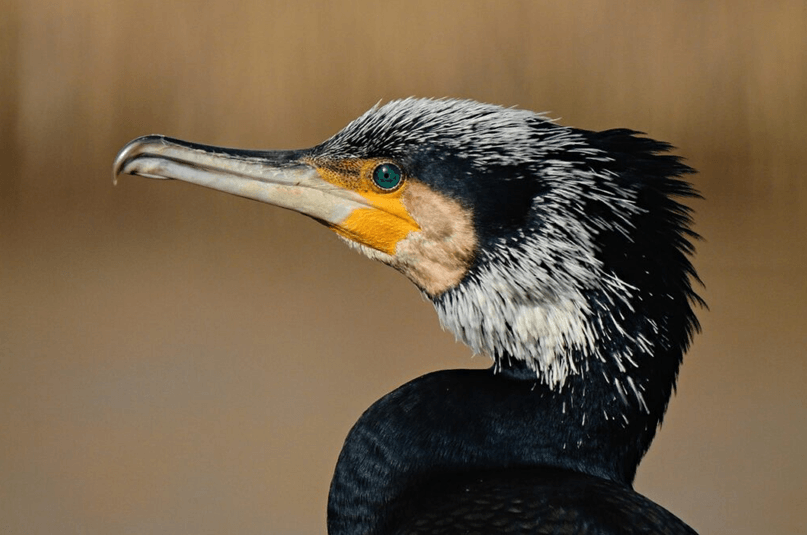Which Animals Have Chins? An Intriguing Look into Anatomy
When it comes to anatomy, the chin is a unique feature that sets certain creatures apart. It might surprise you to learn that the chin—a protruding bony area at the lower front of the jaw—may not be as common as you think. Let’s delve into the world of chins and explore which animals actually possess this distinctive feature.
What Is a Chin?
The chin, scientifically known as the mental protuberance, is a feature found at the anterior point of the mandible (lower jaw). In humans, it’s often associated with facial aesthetics and plays a role in speech, chewing, and emotional expression.
However, not all animals have a chin. In fact, its presence is quite rare across the animal kingdom.
Do Humans Have Chins?
Yes, humans are the only species known to have a true chin. This bony projection is unique to our anatomy and distinguishes us from other primates and mammals. While apes and monkeys have jaws, they lack the protruding mental protuberance that characterizes the human chin.
Why Do Humans Have Chins?
The evolutionary purpose of the human chin is still debated among scientists. Some theories include:
- Speech Support
The chin might help stabilize the jaw during speech, an ability unique to humans. - Structural Strength
It provides additional strength to the mandible, making it more resistant to stress from chewing and other activities. - Sexual Selection
In some theories, the chin is considered a secondary sexual characteristic, possibly influencing mate selection. - Evolutionary Byproduct
The chin may simply be a byproduct of changes in the human skull and jaw over time, rather than an adaptation with a specific purpose.
Do Any Other Animals Have Chins?
While humans have the only true chin, some animals have structures that might be mistaken for one. Let’s explore these cases:
- Primates
- Primates, such as gorillas, chimpanzees, and orangutans, have a sloping lower jaw with no prominent bony chin.
- They lack the distinctive protrusion found in humans.
- Dogs and Cats
- While the lower jaws of dogs and cats may appear angular or defined, they do not have a true chin.
- Their mandibles end without the mental protuberance characteristic of humans.
- Elephants
- Elephants have a unique jaw structure, but they do not possess a chin.
- Their mandibles are designed to support their massive molars rather than protrude forward.
- Dolphins and Whales
- Some marine mammals, like dolphins, have rounded jawlines that might resemble a chin, but these are not true chins.
- Their jaw structure is adapted for echolocation and feeding rather than protrusion.
What About Animals with Chin-like Features?
Certain animals exhibit physical traits that mimic the appearance of a chin, but these are functionally different. For example:
- Bearded Dragons
- Their “beards” may give the illusion of a chin, but these are skin and scales, not bone.
- Goats
- The tuft of hair on a goat’s lower jaw may look like a chin, but the underlying bone lacks the characteristic human structure.
Why Don’t Other Animals Have Chins?
The absence of chins in other species likely reflects differences in evolutionary needs and jaw mechanics. For most animals, jaw function focuses on chewing, hunting, or other survival tasks, without the necessity for a protruding bony structure.
Conclusion
The chin is a fascinating feature that remains uniquely human. While other animals may have jawlines or features that mimic a chin, the true mental protuberance belongs exclusively to us. This rare trait not only sets humans apart anatomically but also opens a window into the mysteries of evolution and adaptation.

